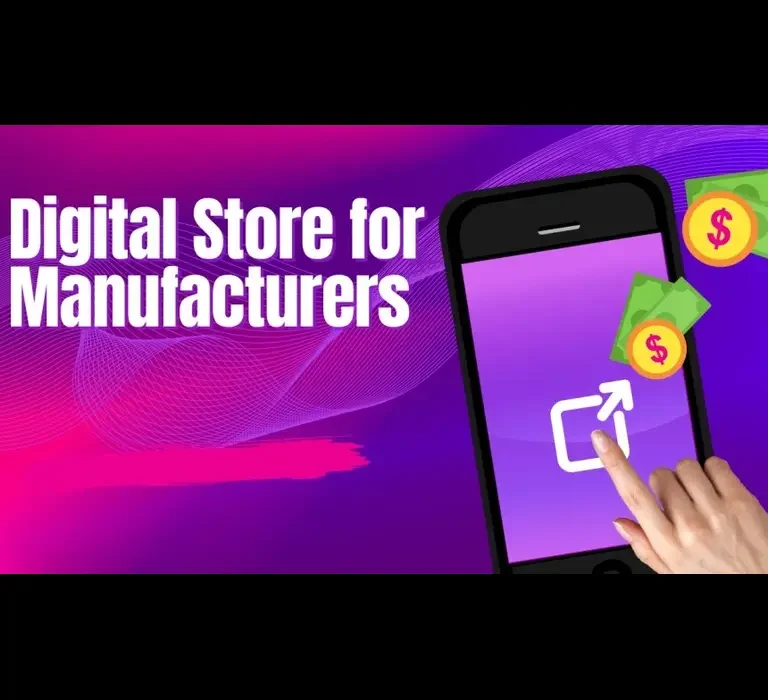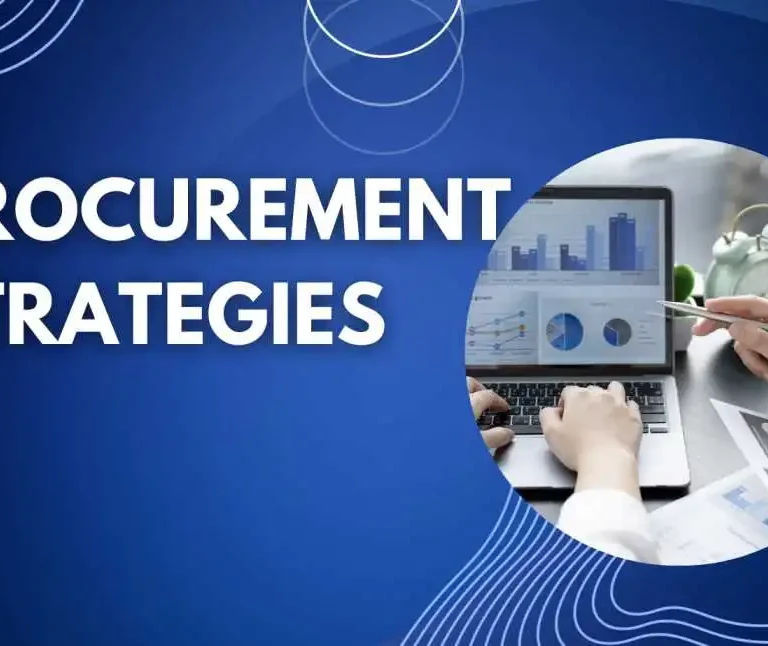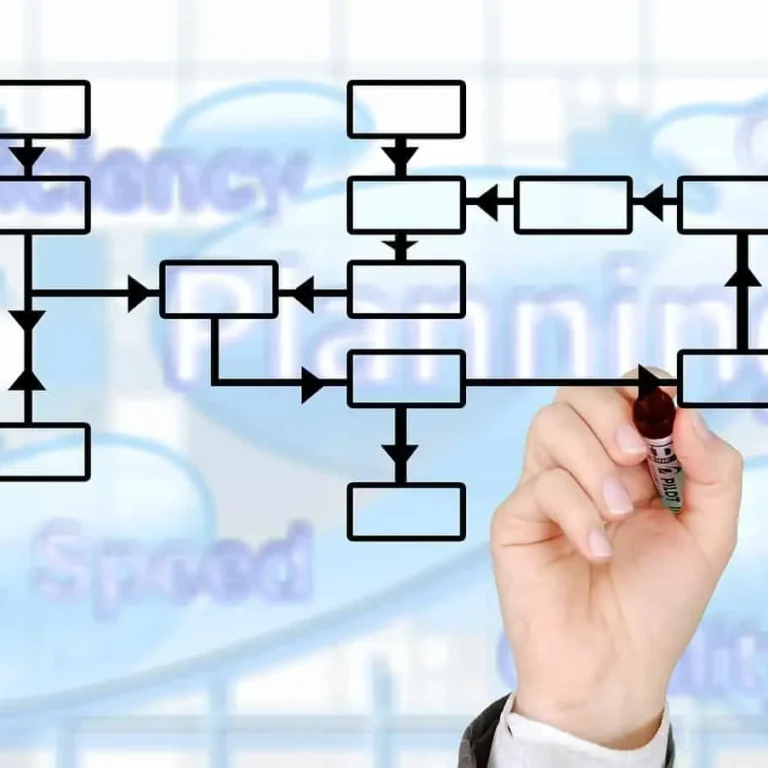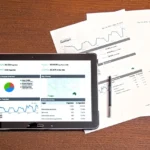Forward integration
Forward integration is a company’s decision to expand its operations into downstream activities within the supply chain. In this approach, a company seeks to gain more control over the distribution and sales of its products or services by directly engaging with customers or end-users.
By integrating forward, a company can establish a closer connection with its target market, reduce dependency on intermediaries, and enhance its brand visibility.
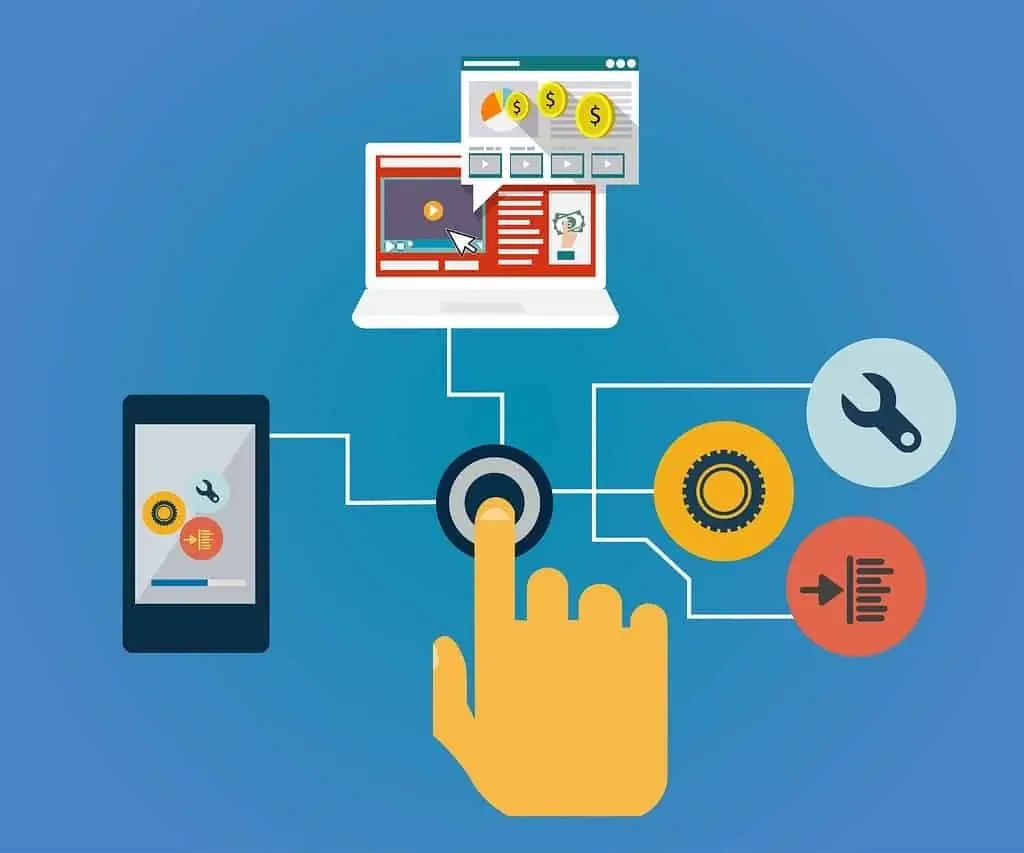
Forward integration involves activities such as establishing retail stores, opening e-commerce platforms, or forming strategic partnerships with distributors and retailers.
This approach not only allows businesses to streamline their distribution processes but also provides opportunities to gather valuable customer insights and feedback. However, forward integration also comes with challenges, including increased capital investment, operational complexities, and potential conflicts with existing channel partners.
What is forward integration
It is a business strategy where a company expands its operations into downstream activities in the supply chain. It involves engaging directly with customers or end-users to gain better control over product distribution and sales.
This approach can enhance brand visibility, reduce dependency on intermediaries, and offer valuable customer insights. However, it may require significant investment and could lead to conflicts with existing distribution partners. Overall, forward integration aims to strengthen a company’s market position by extending its reach closer to the end consumer.
Forward integration definition
It is a strategic business approach where a company extends its operations into downstream activities within the supply chain, aiming to gain more control over distribution and sales to end-users, ultimately enhancing market presence and customer engagement.
Forward integration example
A practical international example of forward integration is Apple Inc. The company initially started as a computer manufacturer, but with its strategic forward integration, it expanded into the retail market with its chain of Apple Stores worldwide.
By directly engaging with customers, Apple gained better control over its product sales and customer experience. These flagship stores not only showcase Apple’s products but also offer personalized services and support. This integration into retail allowed Apple to strengthen its brand presence, collect valuable consumer data, and create a seamless ecosystem for its products.
Consequently, forward integration played a vital role in Apple’s success, transforming it into a global technology giant with strong retail and online presence.
Forward integration vs backward integration
| Aspect | Forward Integration | Backward Integration |
|---|---|---|
| Definition | Company expands into downstream activities in the supply chain (e.g., distribution, retailing, or direct sales to end-users). | Company expands into upstream activities in the supply chain (e.g., manufacturing or acquiring raw materials). |
| Purpose | Gain more control over distribution and sales, enhance brand visibility, and improve customer engagement. | Increase control over the production process, ensure quality, reduce dependency on suppliers, and potentially reduce costs. |
| Focus | Extending reach closer to end-consumers. | Extending control over production inputs. |
| Examples | Apple opening Apple Stores worldwide. | An automobile manufacturer acquiring a tire manufacturing company. |
| Benefits | Better market presence, customer insights, and reduced reliance on intermediaries. | Improved quality control, cost efficiency, and reduced supply chain risks. |
| Challenges | Potential conflicts with existing distribution partners and increased capital investment. | Higher upfront costs, operational challenges in managing new activities, and potential supplier resistance. |
| Industry Applicability | Retail, consumer goods, technology, and hospitality industries. | Manufacturing, agriculture, and industries with complex supply chains. |
Advantages of forward integration
Increased Market Control:
By directly engaging with end-consumers or establishing retail outlets, forward integration allows a company to have more control over its products’ distribution, pricing, and customer experience.
Enhanced Profit Margins:
By bypassing intermediaries and selling directly to customers, a company can potentially earn higher profit margins since it retains the margin previously shared with distributors or retailers.
Strengthened Brand Presence:
Forward integration provides an opportunity to showcase the company’s brand identity and values directly to customers, fostering brand loyalty and recognition.
Better Customer Insights:
Through direct interactions with customers, a company can gather valuable feedback and insights, leading to improved product development and customer satisfaction.
Streamlined Supply Chain:
Integrating forward can lead to better coordination within the supply chain, reducing lead times, and ensuring smoother logistics operations.
Competitive Advantage:
Forward integration can create barriers for competitors as it requires significant investments, infrastructure, and expertise, making it challenging for new entrants to replicate.
Diversification:
By entering new markets or channels, forward integration allows a company to diversify its revenue streams and reduce dependence on a single market segment.
Limitations of forward integration
Increased Capital Investment:
Expanding into downstream activities requires substantial financial resources for setting up new operations or retail outlets.
Read : Capital budgeting
Operational Complexity:
Managing additional activities can lead to increased complexity and potential inefficiencies if not handled well.
Conflict with Existing Partners:
Forward integration may strain relationships with existing distributors or retailers, leading to potential conflicts and resistance.
Market Uncertainty:
Entering new markets or channels can involve risks and uncertainties, especially if the company lacks experience in those areas.
Limited Expertise:
The company may not have the necessary expertise or experience in managing the new aspects of the business, leading to suboptimal results.
Overestimation of Demand:
Expanding too quickly without adequate market demand can result in excess inventory and financial losses.


